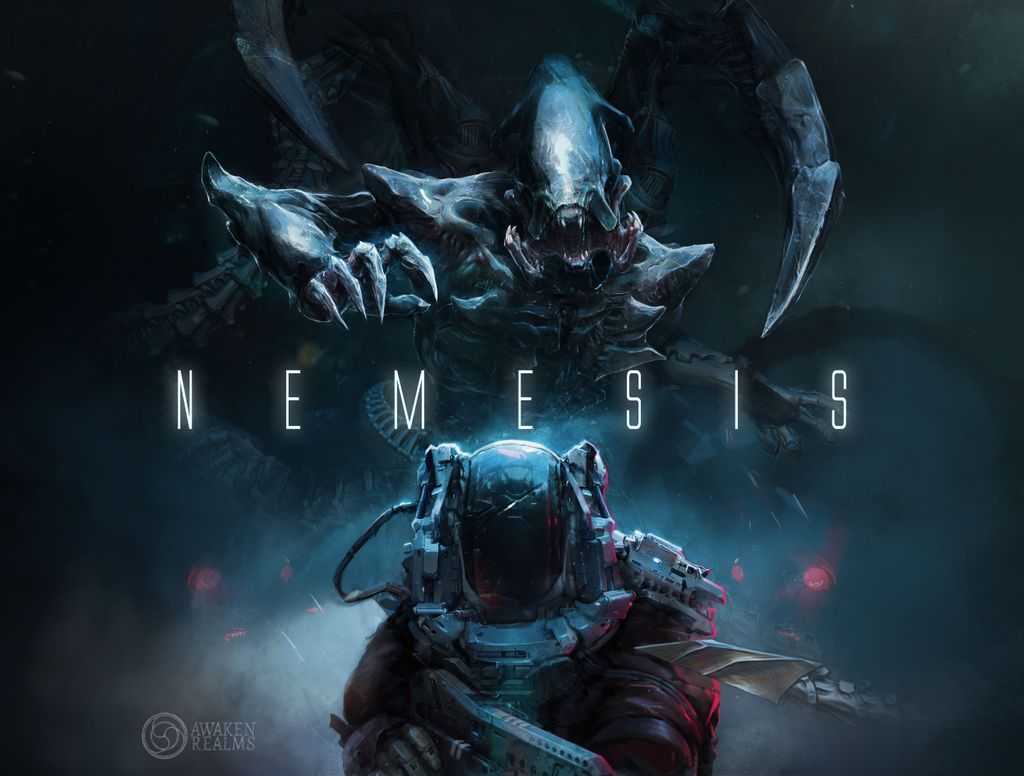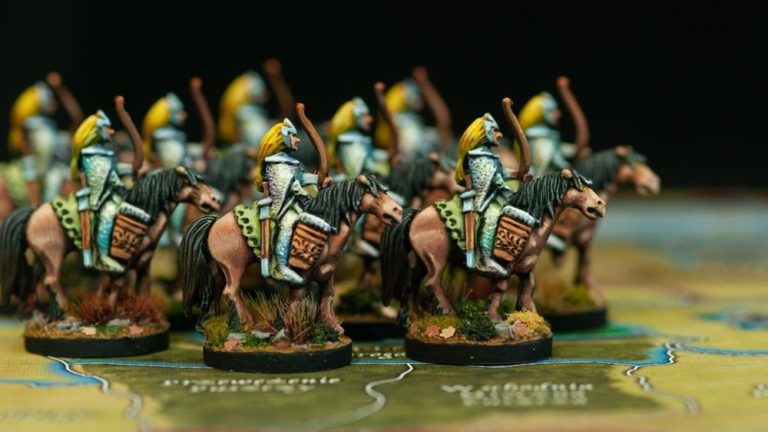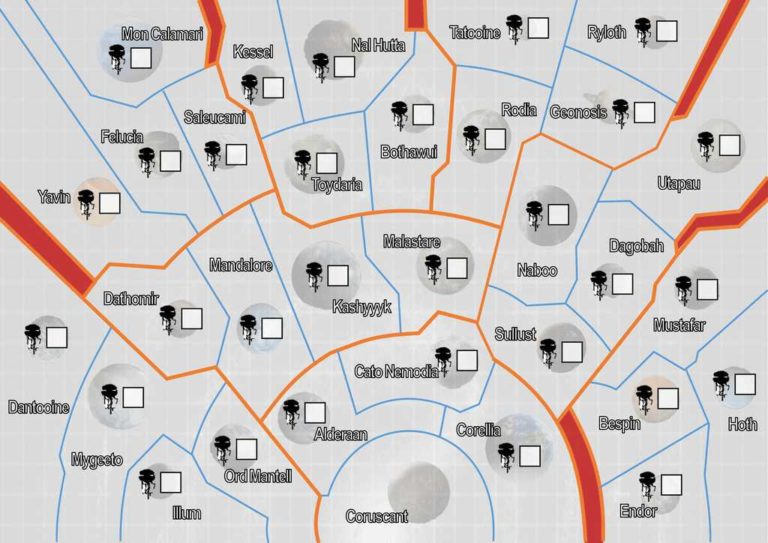Nemesis Review – The Ultimate Board Game Experience
Nemesis Review – The Ultimate Board Game Experience
When a friend first described Nemesis to me, images of clattering dice, alien monstrosities, and heart-pounding survival scenarios danced in my head. So, when the massive box finally landed on my gaming table, the anticipation was palpable. Nemesis, at its core, is a science-fiction survival horror board game that casts you and your companions as crew members aboard a spaceship infested with hostile extraterrestrial entities.
Key Points:
- Nemesis is a science-fiction survival horror board game set on a spaceship infested with hostile extraterrestrial entities.
- The game offers high-quality components, immersive thematic consistency, and a sense of dread and impressiveness with its miniatures and artwork.
- The setup process may seem daunting at first, but subsequent setups become faster and contribute to the immersive experience.
- The gameplay revolves around a card-driven system, offering a balance between strategy and luck that appeals to different types of players.
- The game creates an immersive atmosphere, weaving thematic elements into every aspect and capturing the tension of survival against alien threats.
- The social dynamics of the game involve player interaction, betrayal, and a delicate balance between cooperation and competition.
- The game boasts potent replayability, variability in scenarios, expansion packs, and add-ons that enhance the gaming experience.
The premise, rich with thematic elements of distrust and trepidation, drew me in instantly. My first foray into the game was a marathon session that felt like a cross between cinema and tabletop – a Nemesis review in the making. From the initial setup to the final frantic rounds, the tension was unrelenting. Yet, amidst the chaos, I found an incredible depth of strategic possibilities that made every decision feel consequential. Nemesis has since then oscillated in my board game rankings, as with each playthrough, the various roles, strategies, and sheer unpredictability of the game present a fresh challenge.
Much like the ill-fated voyages depicted in the game, not all journeys through Nemesis have been smooth sailing. There’s been contention about the mix of strategy and luck, deliberations on the best number of players for an optimal experience, and even outright frustration when a well-laid plan crumbled due to an untimely demise. Yet, the consensus among my gaming circle is clear: agreeing with many users’ sentiment, Nemesis delivers a suspenseful, sometimes divisive, but invariably memorable board gaming experience.
Unboxing the Nemesis Experience
Unboxing Nemesis is like stepping into a treasure trove of geeky delights. The heft of the box alone hints at the wealth of components waiting inside, each piece promising to play its part in creating cinema-worthy tableaus. As I lifted the lid for the first time, I remember being immediately struck by the quality and thematic consistency throughout.
Components and Quality
From the intricately designed miniatures to the sturdy, atmospheric board, the components of Nemesis reflect a high level of quality and attention to detail. The miniatures, in particular, are a standout, conveying a sense of dread and impressiveness, with each alien form seemingly poised to leap from the board.
The cards, tokens, and player boards are not only well-crafted but also intuitive in their design, enabling players to immerse themselves in the game without being overwhelmed by the complexity of the components. There’s a tactile pleasure to handling the game’s pieces, from the weighty feel of the spaceship tiles to the shuffle of action cards, that reinforces the notion of Nemesis as a premium board game experience.
The components of Nemesis are of high quality and attention to detail, providing a tactile pleasure and immersive experience for players.
Setting Up for Your First Game
The setup process for Nemesis can initially appear daunting. The first time I laid everything out, there was a sea of pieces before me, and the instruction manual became my indispensable guide. To avoid feeling overwhelmed, I recommend taking a systematic approach:
- Begin with organizing your miniatures; these are not just for show but integral to gameplay.
- Continue by separating the different card types and tokens, familiarizing yourself with their purposes and functions as you do so.
- Utilize the provided dividers in the game box for this purpose; they’re not just there for aesthetics but also serve to speed up future setups.
After the initial hurdle, I found subsequent setups to be significantly faster. The process became a pre-game ritual, building anticipation as each token was placed and every deck shuffled. The sense of impending adventure grew with each piece I laid out on the table. Remember, setting up Nemesis might be a bit like a puzzle in itself, but the effort pays off tremendously in creating an immersive experience.
Diving into the Gameplay
And then it’s time to plunge into the heart of Nemesis: the gameplay. From the moment the first card is drawn, you’re thrust into a suspenseful narrative framed by your crucial actions and decisions.

Core Mechanics and Player Actions
Nemesis operates on a card-driven system where each turn, you play cards from your hand to move, attack, or perform other crucial actions. As I learned the ropes, I found that the choice of when and how to use these cards is the essence of the game’s strategy.
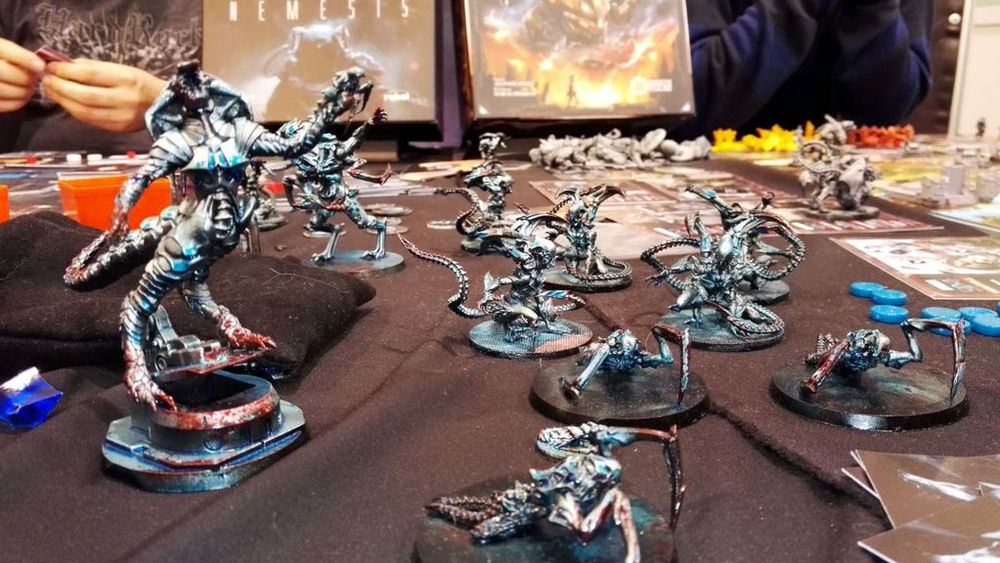
Each character brings a unique set of skills to the table – literally. The Captain can order other player’s characters, while The Scout might sneak through the ship’s corridors undetected. But remember, each action generates noise, and noise attracts the nefarious alien beings.
I’ve noticed that players invariably feel a sense of control over their fate because of the action card system, yet the unpredictable nature of the game often requires adaptability. This balance keeps the game engaging, turning every round into a narrative of risk and reward.
The Role of Strategy and Luck
In my many playthroughs, I’ve seen how the interplay of strategy and chance can create divisive opinions among players. For some, the random elements – such as the draw of an encounter card or the roll of a die – can be a source of exhilaration or frustration.
Strategy manifests in how you maneuver through the ship, manage resources, and coordinate with – or mislead – your fellow players. Luck, on the other hand, comes into sharp focus during critical moments, where a poor die roll or an unfortunate card can undo the most astute tactical plans.
What revealed itself through repeated play was a stunning dichotomy: the game’s appeal to both the tacticians and the thrill-seekers within our group. Some relished the meticulous planning, while others thrived under the pressure of random occurrences, making Nemesis a topic of lively post-game discussions.
The Atmosphere of Nemesis
It’s hard to discuss Nemesis without tipping a hat to the atmosphere it creates. As the tension ramps up and the survival stakes elevate, every decision, move, and betrayal thickens the air with palpable suspense.
Theme and Immersion
The theme of Nemesis is not just painted on; it’s woven into every aspect of the game, creating a truly immersive experience. As you navigate the gloomy spaceship corridors, the story unfolds like a scene ripped from the most chilling sci-fi horror films. The decisions you face often pose dire moral conundrums – do you help a companion or save yourself? Do you fight or flee?
Through the mechanics, the game instills a genuine sense of vulnerability and uncertainty, echoing the perilous adventure that is Nemesis. I recall one particularly memorable game where a sudden betrayal shifted allegiances and strategies, leading to a shocking, if not entirely unexpected, outcome. Such narratives are common in Nemesis, and they’re what draw me back time and again.
The theme of Nemesis is woven into every aspect of the game, creating an immersive experience with dire moral conundrums and unexpected outcomes.
Sound and Artwork Contributions
The sound and artwork of Nemesis are not mere embellishments; they’re integral to the experience. I found that by playing a moody soundtrack in the background – think the eerie scores of Alien or Prometheus – the tension elevates, and the game’s world becomes almost tangible.
The artwork captures the shadowy depths of space and the monstrosity of the alien threat with visceral impact. Each character card, each room on the ship, is illustrated in a way that fuels the imagination, making each player’s journey a rich visual and auditory experience.
The Social Dynamics of Nemesis
Nemesis is not merely a game of survival against aliens; the true game plays out in the minds and interactions of the players. This is a tableau of trust and deception, of temporary alliances and unexpected betrayals.
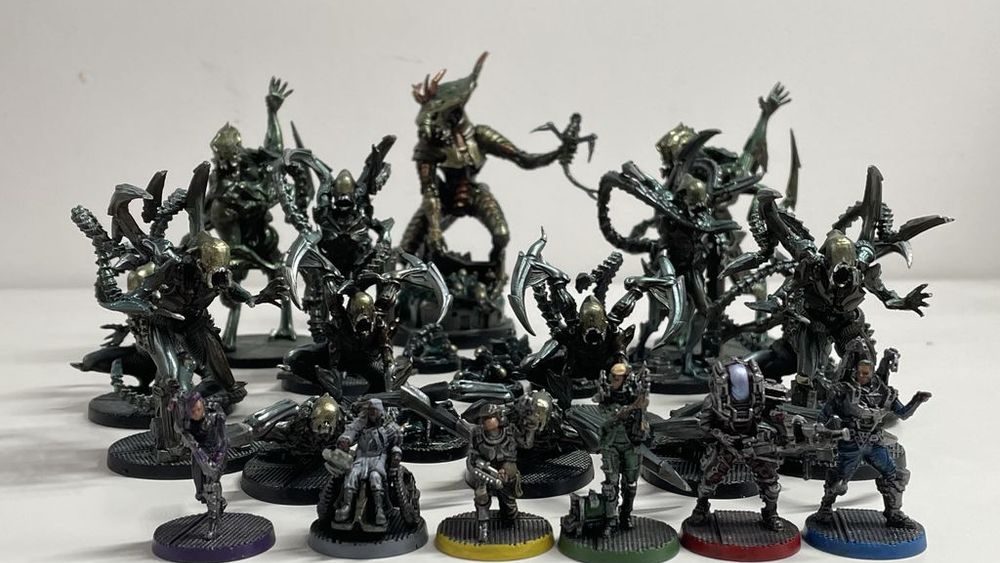
Player Interaction and Betrayal
Social dynamics are the beating heart of Nemesis. As the game progresses, you come to realize that the other players might be just as dangerous as the alien creatures. Will they stick to the plan, or do they have other, more sinister objectives?
Betrayal simmers beneath every cooperative gesture, and when treachery does surface, it can rip the fabric of alliances apart. In my most intense sessions, friendships were tested as deceit cast a shadow over every action. It is, after all, a game about survival, and sometimes that means making the tough choice to put oneself first.
This duplicitous undercurrent is perhaps what lends Nemesis its dramatic flair. Each player interaction carries the potential for cooperation or conflict, making the social interplay just as unpredictable as the game itself.
The social dynamics in Nemesis create a dramatic and unpredictable element, where every player interaction carries the potential for cooperation or conflict.
Cooperative vs. Competitive Elements
Navigating the cooperative and competitive elements of Nemesis is a delicate balancing act. On one hand, working together can increase your chances of survival, but personal objectives can introduce conflicting goals.
There’s a duality to this experience. Some players enjoy the thrill of pure cooperation, working toward a common goal. Yet, others prefer the added tension when each crew member has hidden motivations. It’s a fascinating dichotomy that has often led my group to debate which play style they enjoy more, even long after the game has ended.

Through these discussions, it’s clear that Nemesis manages to cater to a wide range of player preferences, serving up an experience that can be as cutthroat or collaborative as the players decide it to be. This malleability is a testament to the game’s design and its ability to create engaging social dynamics.
The Replayability Factor
Nemesis is a game that touts a potent replayability factor, which keeps players like myself returning to its daunting corridors time and again. The uncertainty that oozes from every corner of the ship is spellbinding, pulling you back with the promise of new tales of survival to tell. Variability in objectives and the ever-present threat of betrayal mean each session unfolds in entirely unforeseen ways. And trust me when I say, the difference between plays can be as stark as the calm of space and the chaos of a meteor storm.
Variability of Scenarios
The scenarios within Nemesis are akin to a deck of cards – While there may be a finite number of plots, their combination can lead to a seemingly infinite number of narratives. Characters, personal objectives, and the internal layout of the ship change with each play, meaning that you could be a savior in one game, and a scheming saboteur in the next. Asymmetry ensures that no two games feel the same, and returning players eagerly discuss the multitude of strategic approaches that could have altered their fate.
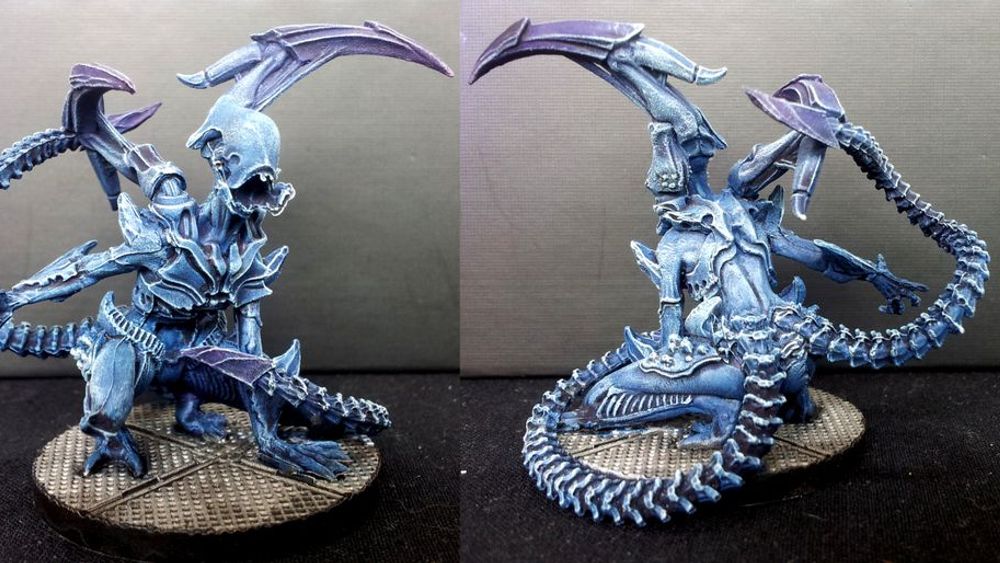
Amidst my own journeys through the silent dread of the Nemesis, bite-sized tactics and monumental decisions have shaped the outcome in astonishing ways. A particular game I recall, the unassuming room I entered held a cache of resources crucial to our survival, unveiling not just supplies, but revealing shifting allegiances among the crew. This level of variability in scenarios makes you relish the diversity and adaptability required, grounding the game’s replayability in your ability to navigate and respond to these shifts.
Expansion Packs and Add-Ons
Expansion packs and add-ons truly elevate the Nemesis experience to new heights. I remember the day Carnomorphs invaded my game night, introducing new forms of terror that re-energized our collective enthusiasm for the game. Add-ons like Aftermath and Void Seeders and Untold Stories enrich the narrative tapestry, adding layers of depth and complexity that lure you back to the table.
Kickstarter exclusives and stretch goals tease the potential further still, with new characters, alien species, and intriguing items. The added material transports you even deeper into the collaborative storytelling ethos of Nemesis, and like a good book, you find yourself yearning to explore every narrative path. The optional 3D elements and fan cards add sensory pleasure and personalization, reinforcing the game’s standing as a top-shelf, repeat-play contender.
Expansion packs and add-ons in Nemesis elevate the experience by adding new layers of depth, complexity, and sensory pleasure, making it a top-shelf, repeat-play contender.
The Pros and Cons of Nemesis
In the vast universe of board gaming, Nemesis shines as a dark star, offering thrills and tension in spades, yet it is not without its quirks and quandaries. Approaching the game through the lens of a Nemesis review reveals a precarious balancing act between its myriad of pros and cons, much like manoeuvring through a minefield in deep space. Exploring these can be as revealing as deciphering an alien script, shedding light on the enticing and elusive mechanics that define this game.
Highlights of the Game
Commendations for Nemesis often circle back to its atmospheric tension and thematic strength. Feels like your favorite scenes from classic sci-fi movies are unfolding right on your table. The joy I’ve discovered in those moments when the theme syncs perfectly with gameplay is a rare and thrilling feat not easily replicated by other games.
Moreover, it’s not just about the theme – Nemesis offers intense, emergent narratives that evolve organically throughout each session. I remember one such scenario, a desperate scramble towards the escape pods as the ship was overrun. Every decision was critical, and our allegiances hung on a knife-edge. It’s that raw edge of survival, cloaked in uncertainty, that truly highlights the game. This, paired with a rich variety of characters and roles, ensures that players will find themselves continuously enticed back to the game, eager to explore all it has to offer.
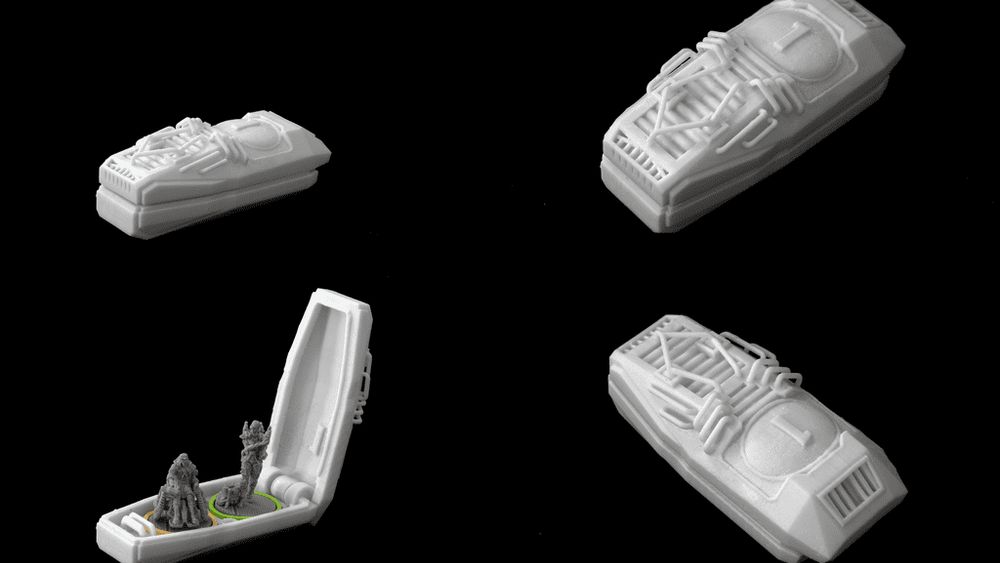
Potential Drawbacks to Consider
However, honesty compels me to discuss some potential drawbacks. Nemesis’s complexity can be a double-edged sword. New players might find themselves adrift in a sea of rules, and even veterans can be confounded by the occasionally obtuse rulebook. This complexity can indeed sometimes transform a night of adventure into an arduous slog.
Additionally, the element of randomness inherent in dice rolls and card draws can lead to frustration, especially when it results in early player elimination, which some might see as anachronistic in modern board gaming ethos. This unpredictability, while fuelling the horror, can also undercut strategy. It’s essential to approach Nemesis knowing that, much like the deep recesses of space, the game can be unforgiving and capricious, with luck playing as much a role as cunning strategy.
FAQs
1. How long does a typical game of Nemesis take?
A typical game of Nemesis generally lasts between 90 minutes to 180 minutes, with the game duration fluctuating based on player count and their familiarity with the game.
2. Is Nemesis suitable for solo play?
Nemesis is indeed suitable for solo play, with dedicated rules and scenarios that accommodate an engaging single-player experience.
3. Can Nemesis be played with two players?
Nemesis can be played with two players, and while the game scales, it’s designed with three to five in mind for optimal tension and interaction.
4. What makes Nemesis stand out from other board games?
What makes Nemesis stand out is its engrossing blend of survival horror, deduction, and semi-cooperative gameplay, coupled with strong thematic immersion.
Conclusion
Our journey through the labyrinthine innards of the Nemesis has been as harrowing as it has been revealing. We have uncovered the treasures and traps that lie within its hallowed hold, weighing the shifting fates of survivors flung far into space.
In concluding this Nemesis review, ponder on what adventures may lie ahead for you within its metallic walls. Will you be the cunning survivor or the unseen saboteur? Will your narratives be heroes’ legends or tragedies whispered in darkened cryochambers?
Nemesis is more than just a board game; it is a cinematic experience that engages the soul, challenges the mind, and indeed sometimes frustrates the spirit. But its siren call is undeniable, beckoning to be played, to be lived, to be survived. Take from it the stories, the lessons learned, and the memories cherished.
And so, until our next foray into the stars, I sign off this Nemesis review with affection for fellow explorers of the unknown: May your journeys be safe, and your discoveries be many.
Warmest regards, Lucas
More Boardgame Reviews:
This article uses material from BoardGameGeek and is licensed under the Creative Commons Attribution-Share Alike License.

